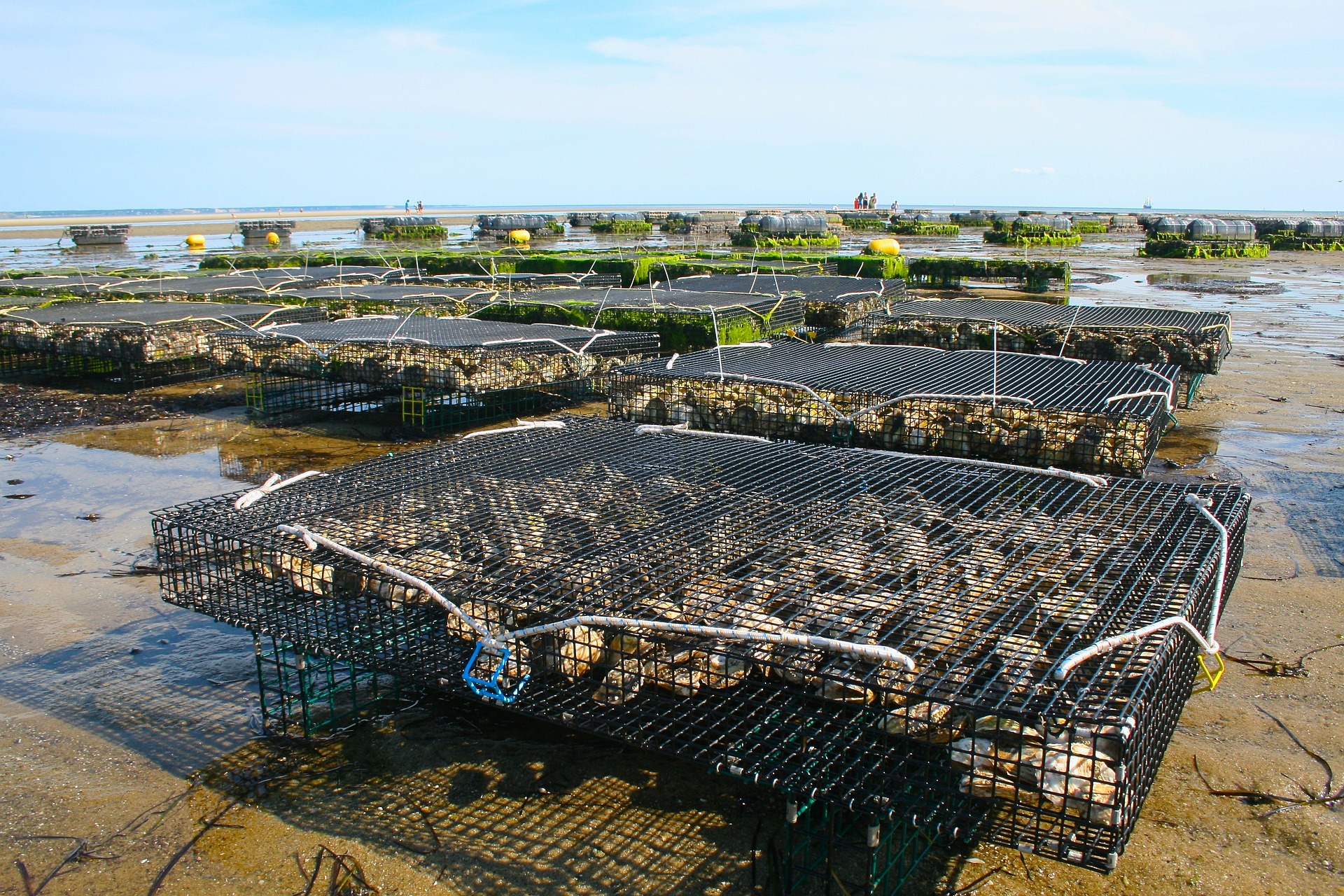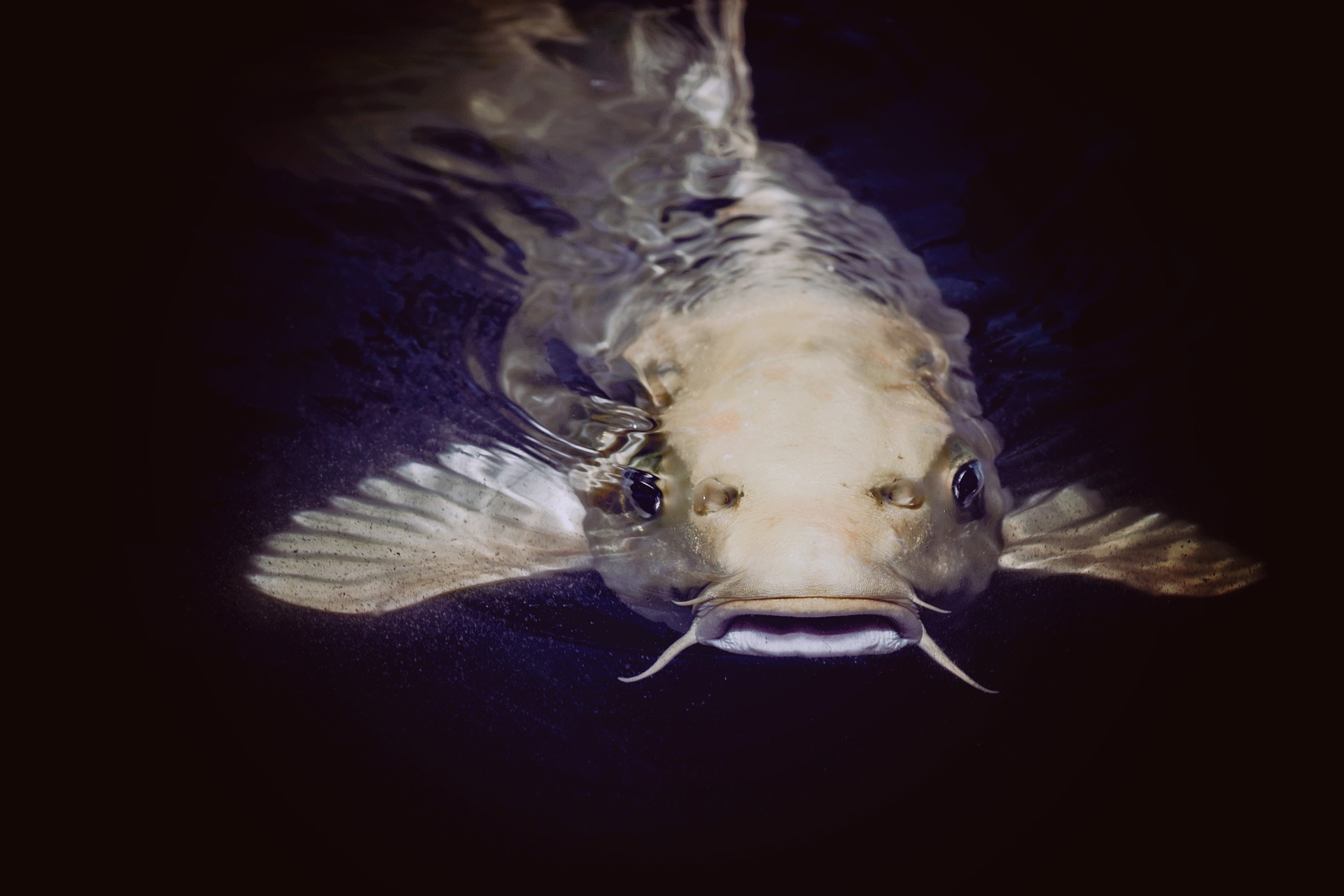Aquaculture is Farming
What is Aquaculture? And what does it have to do with farming? Let's find out!

Aquaculture is defined as the breeding, rearing and harvesting of fish, shellfish, plants, algae and other organisms in all types of water environments. (National Ocean Service)
The two types of aquaculture are marine, farming species in the ocean, and freshwater, farming species in freshwaters.

Marine aquaculture includes oysters, clams, mussels, shrimp, salmon and algae. It only makes up 20% of US production and consists mainly of shellfish.
Freshwater aquaculture is made up of trout, catfish and tilapia. Seventy percent of US aquaculture is freshwater farming of trout and catfish. A small amount of US farms grow salmon, found in Maine and Washington, and yellowtail, found in Hawaii.

Let’s take a closer look on how we farm catfish!
Many factors come into play when farming catfish. Catfish farmers use ponds that are built over clay-rich soils. These above ground ponds are rectangular shaped and filled with freshwater, and are usually about 10 to 20 acres in size. They also reach 4 to 6 feet deep.
Next, farmers make sure that the catfish have the right feed to grow in their ponds. In the US, catfish are fed puffed, high-protein food pellets made up of soybeans, corn, wheat, vitamins and minerals.
Catfish farming begins with the selection and mating of quality stock. A fish will lay 3,000 to 4,000 eggs over an average of 12 years. Once the eggs are fertilized they are collected and placed in controlled hatchery tanks set to 78 degrees Fahrenheit. During the next seven days, the eggs begin hatching and the young fish, “sac-fry”, feed off the food supplied by the yolk sacs.
The fish then begin to swim and are relocated to a new pond where they grow into fingerlings. Once they reach 4 to 6 inches in length, the catfish are transferred to new ponds for the remainder of their lives.
At about 18 months old, the catfish are harvested in large weighted nets, or seines, and loaded into baskets and placed into tank trucks for live shipment to processing plants. The catfish are then cleaned, processed and placed on ice or frozen.
US certified processing plants produce more than 10 million pounds of catfish per week, to ensure a steady supply of catfish to US consumers.
Want to learn more about aquaculture? Check out this recommended book!
Sources:










